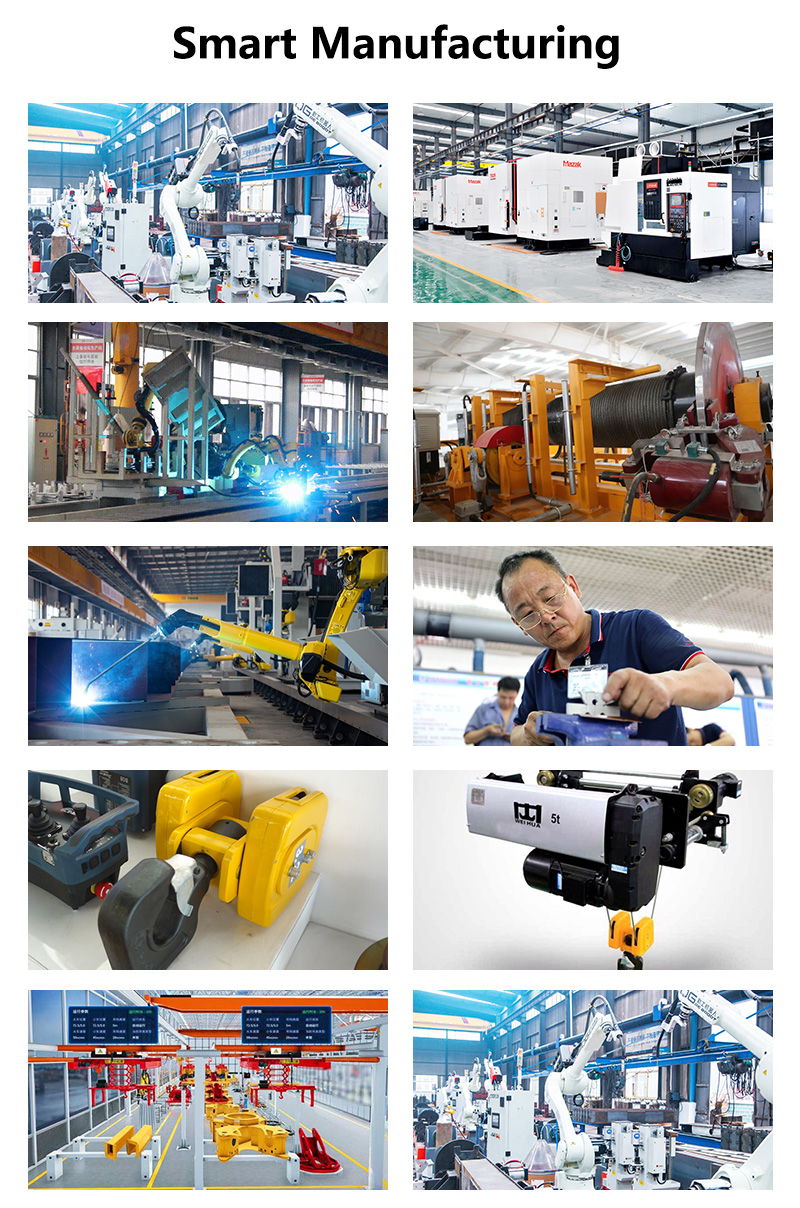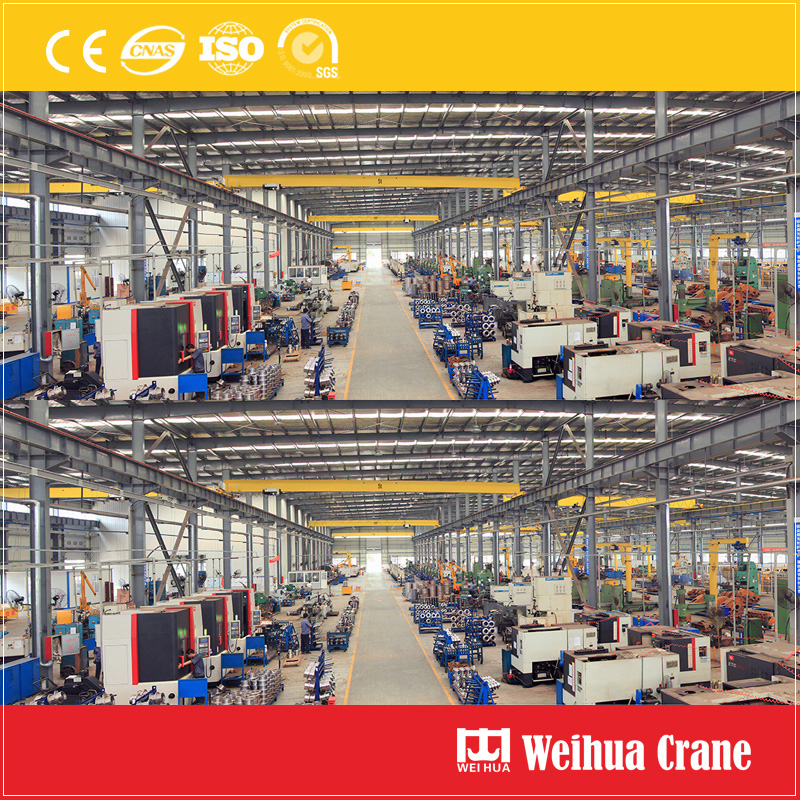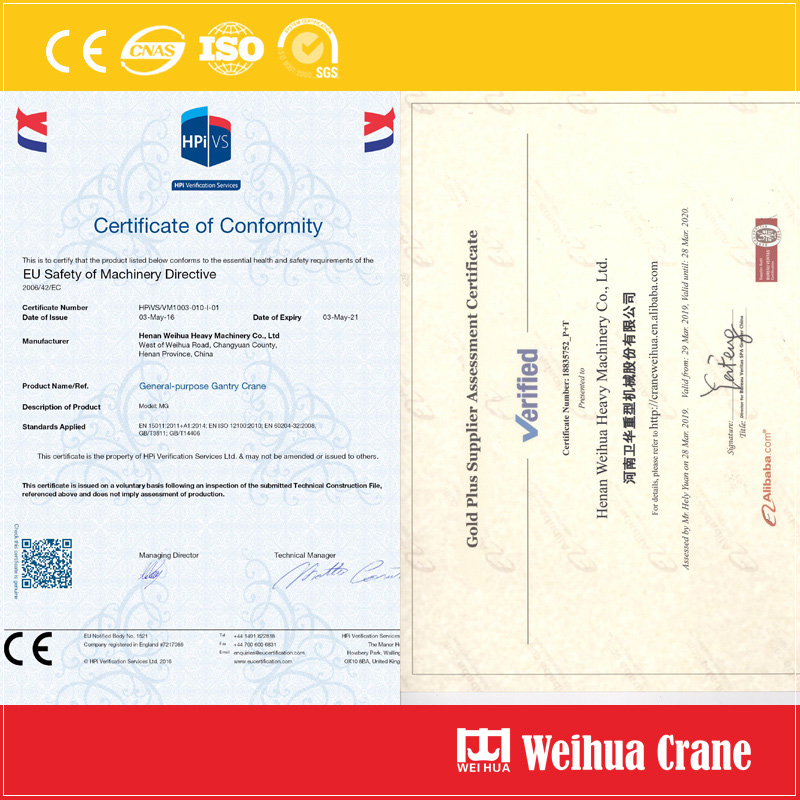Crane hook are generally forged from low carbon alloy steel or high carbon alloy steel. The specific choice of material depends on the tonnage of the lifted load and the requirements of the working environment. For large-tonnage heavy objects, forged hooks are usually used because they have a larger load-bearing capacity and a higher safety factor.
The process of making a forged crane hook involves placing a preheated steel billet into a forging machine and impacting or extruding it into the preliminary shape of the 크레인 후크. During the forging process, 온도, force and speed need to be strictly controlled to ensure the strength and shape of the hook. In addition, in order to eliminate cold stress, thermal stress and welding stress, the hook must also undergo appropriate heat treatment, such as tempering, during the manufacturing process.

42CrMo alloy steel
Characteristics: high tensile strength (≥1000MPa), excellent toughness, hardness reaches HRC 45-50 after quenching + tempering treatment.
애플리케이션: Suitable for 5-ton to 50-ton standard hooks, widely used in construction, ports and other scenarios.
34CrNiMo6 alloy steel
Features: Ultra-high strength (tensile strength up to 1200MPa), outstanding fatigue resistance, suitable for heavy-load impact conditions.
애플리케이션: Heavy-duty hooks above 20 톤, such as wind power equipment installation and heavy machinery handling.
AISI 4140 (American Standard)
Characteristics: High hardenability, 내마모성, often used in harsh environments (such as high temperature or corrosive places).
애플리케이션: Mainstream materials in European and American markets, complying with ASME B30.10 standards.





우리는 귀하의 의견을 소중히 여깁니다! 귀하의 특정 요구에 맞게 서비스를 조정할 수 있도록 아래 양식을 작성하십시오..

최신 의견